When it comes to bathroom renovations, one element that cannot be overlooked is the choice of wall tiles. Ceramic wall tiles have long been favored by homeowners and interior designers, thanks to their versatility, durability, and aesthetic appeal. Whether you’re looking to update your bathroom’s look or starting from scratch, ceramic wall tiles offer a plethora of benefits that can elevate the overall design. In this article, we will delve into the world of ceramic wall tiles for bathrooms and explore the various options, styles, installation methods, and maintenance tips to help you make the best decision for your space. Why Choose Ceramic Wall Tiles for Your Bathroom?
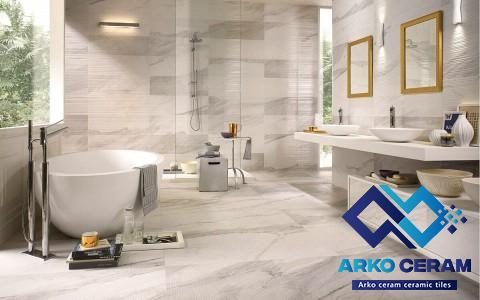
.
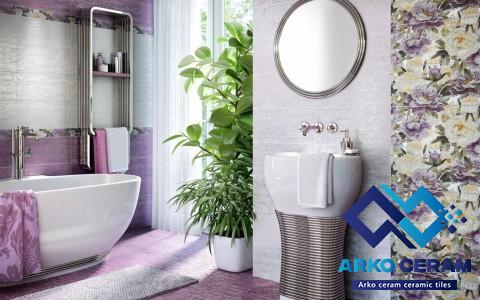 1. Durability: One of the primary reasons to consider ceramic wall tiles for your bathroom is their exceptional durability. Ceramic is highly resistant to moisture, making it ideal for an area where water splashes are common. Unlike other materials, ceramic tiles do not warp or rot when exposed to water, ensuring a long-lasting and low-maintenance option. 2. Versatility: Ceramic wall tiles come in a vast array of sizes, shapes, colors, and patterns, allowing you to unleash your creativity and design a bathroom that reflects your personal style. Whether you prefer a contemporary, minimalist look or a more intricate, mosaic-inspired design, ceramic tiles can cater to virtually any aesthetic preference. 3. Hygiene: Bathrooms are prone to moisture, which can lead to the growth of mold, mildew, and bacteria. Ceramic wall tiles are non-porous and impervious to water and stains, making them easy to clean and maintain. By choosing ceramic tiles, you can ensure a sanitary environment, reducing the risk of allergens and maintaining the overall hygiene of your bathroom. Types of Ceramic Wall Tiles 1. Glazed Ceramic Tiles: Glazed ceramic wall tiles are coated with a layer of liquid glass. This glaze adds a shiny, reflective surface to the tiles, making them visually appealing and easy to clean. Glazed ceramic tiles are available in an abundance of colors, patterns, and finishes, making them a versatile choice for any bathroom design. Additionally, the glaze protects the tiles from stains, scratches, and fading, ensuring their longevity. 2. Unglazed Ceramic Tiles: Unlike glazed ceramic tiles, unglazed ceramic tiles do not have a protective layer of glaze.
1. Durability: One of the primary reasons to consider ceramic wall tiles for your bathroom is their exceptional durability. Ceramic is highly resistant to moisture, making it ideal for an area where water splashes are common. Unlike other materials, ceramic tiles do not warp or rot when exposed to water, ensuring a long-lasting and low-maintenance option. 2. Versatility: Ceramic wall tiles come in a vast array of sizes, shapes, colors, and patterns, allowing you to unleash your creativity and design a bathroom that reflects your personal style. Whether you prefer a contemporary, minimalist look or a more intricate, mosaic-inspired design, ceramic tiles can cater to virtually any aesthetic preference. 3. Hygiene: Bathrooms are prone to moisture, which can lead to the growth of mold, mildew, and bacteria. Ceramic wall tiles are non-porous and impervious to water and stains, making them easy to clean and maintain. By choosing ceramic tiles, you can ensure a sanitary environment, reducing the risk of allergens and maintaining the overall hygiene of your bathroom. Types of Ceramic Wall Tiles 1. Glazed Ceramic Tiles: Glazed ceramic wall tiles are coated with a layer of liquid glass. This glaze adds a shiny, reflective surface to the tiles, making them visually appealing and easy to clean. Glazed ceramic tiles are available in an abundance of colors, patterns, and finishes, making them a versatile choice for any bathroom design. Additionally, the glaze protects the tiles from stains, scratches, and fading, ensuring their longevity. 2. Unglazed Ceramic Tiles: Unlike glazed ceramic tiles, unglazed ceramic tiles do not have a protective layer of glaze.
..
 These tiles have a natural, earthy appearance and are often used to create a rustic and textured look in bathrooms. Unglazed ceramic tiles require periodic sealing to prevent water absorption and staining, but they offer superior slip resistance, making them a suitable choice for bathroom floors and shower walls. 3. Porcelain Tiles: Porcelain tiles are a type of ceramic tile that is fired at higher temperatures, making them denser and more durable than standard ceramic tiles. Porcelain tiles are highly resistant to water, scratches, and stains, making them an excellent choice for bathrooms. These tiles are available in various finishes, such as polished, honed, and textured, allowing you to achieve your desired look effortlessly. Installation Methods 1. Traditional Mortar: The traditional mortar installation method involves applying a layer of mortar onto the wall surface and then pressing the tiles into place. This method is time-consuming but offers excellent bond strength and stability. It is recommended for larger tiles, especially those with irregular shapes or three-dimensional textures.
These tiles have a natural, earthy appearance and are often used to create a rustic and textured look in bathrooms. Unglazed ceramic tiles require periodic sealing to prevent water absorption and staining, but they offer superior slip resistance, making them a suitable choice for bathroom floors and shower walls. 3. Porcelain Tiles: Porcelain tiles are a type of ceramic tile that is fired at higher temperatures, making them denser and more durable than standard ceramic tiles. Porcelain tiles are highly resistant to water, scratches, and stains, making them an excellent choice for bathrooms. These tiles are available in various finishes, such as polished, honed, and textured, allowing you to achieve your desired look effortlessly. Installation Methods 1. Traditional Mortar: The traditional mortar installation method involves applying a layer of mortar onto the wall surface and then pressing the tiles into place. This method is time-consuming but offers excellent bond strength and stability. It is recommended for larger tiles, especially those with irregular shapes or three-dimensional textures.
…
 2. Thinset Adhesive: Thinset adhesive is a modern and popular method of installing ceramic wall tiles. It involves spreading a thin layer of adhesive on the wall and then pressing the tiles onto it. Thinset adhesive is preferable for straight installation lines and smaller tile sizes. It offers faster installation and is suitable for DIY projects. 3. Peel-and-Stick Tiles: For a quick and easy installation process, peel-and-stick ceramic wall tiles are a convenient option. These tiles come with a self-adhesive backing, eliminating the need for mortar or adhesive. Simply peel off the protective layer and stick the tiles onto the clean, dry wall surface. While this method is beginner-friendly and hassle-free, it may not be suitable for high-moisture areas or uneven surfaces. Maintenance Tips for Ceramic Wall Tiles 1. Regular Cleaning: To maintain the appearance of your ceramic wall tiles, regular cleaning is essential. Use a mild, non-abrasive cleaner and a soft cloth or sponge to wipe away dirt, grime, and soap residue. Avoid harsh chemicals and abrasive tools that can scratch or damage the tiles’ surface. For tougher stains, a paste made from baking soda and water can be applied and left to sit for a few minutes before gently scrubbing. 2. Grout Maintenance: The grout between the ceramic tiles is equally important in maintaining the overall integrity and aesthetics of your bathroom walls. Inspect the grout regularly for cracks, mold growth, or discoloration. If needed, remove deteriorated grout and replace it with fresh grout to prevent water infiltration and maintain a clean appearance. 3. Sealing: While glazed ceramic wall tiles do not require sealing, unglazed ceramic and porcelain tiles may benefit from a sealer to protect against water absorption and staining. Consult with your tile supplier to determine if sealing is necessary for your specific tiles, and follow the manufacturer’s instructions for application.
2. Thinset Adhesive: Thinset adhesive is a modern and popular method of installing ceramic wall tiles. It involves spreading a thin layer of adhesive on the wall and then pressing the tiles onto it. Thinset adhesive is preferable for straight installation lines and smaller tile sizes. It offers faster installation and is suitable for DIY projects. 3. Peel-and-Stick Tiles: For a quick and easy installation process, peel-and-stick ceramic wall tiles are a convenient option. These tiles come with a self-adhesive backing, eliminating the need for mortar or adhesive. Simply peel off the protective layer and stick the tiles onto the clean, dry wall surface. While this method is beginner-friendly and hassle-free, it may not be suitable for high-moisture areas or uneven surfaces. Maintenance Tips for Ceramic Wall Tiles 1. Regular Cleaning: To maintain the appearance of your ceramic wall tiles, regular cleaning is essential. Use a mild, non-abrasive cleaner and a soft cloth or sponge to wipe away dirt, grime, and soap residue. Avoid harsh chemicals and abrasive tools that can scratch or damage the tiles’ surface. For tougher stains, a paste made from baking soda and water can be applied and left to sit for a few minutes before gently scrubbing. 2. Grout Maintenance: The grout between the ceramic tiles is equally important in maintaining the overall integrity and aesthetics of your bathroom walls. Inspect the grout regularly for cracks, mold growth, or discoloration. If needed, remove deteriorated grout and replace it with fresh grout to prevent water infiltration and maintain a clean appearance. 3. Sealing: While glazed ceramic wall tiles do not require sealing, unglazed ceramic and porcelain tiles may benefit from a sealer to protect against water absorption and staining. Consult with your tile supplier to determine if sealing is necessary for your specific tiles, and follow the manufacturer’s instructions for application.

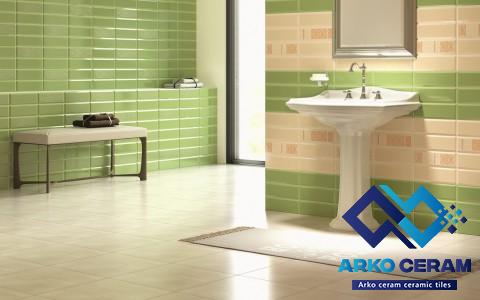
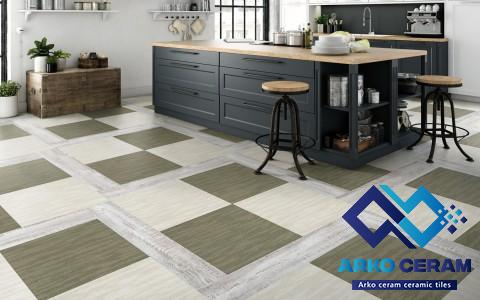
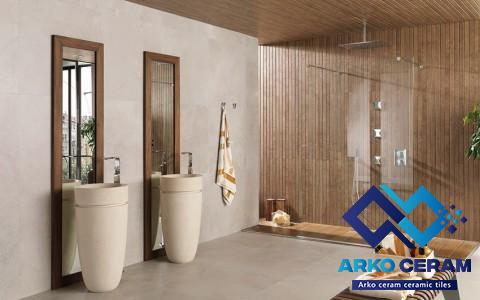




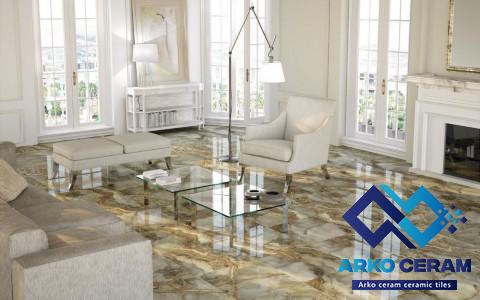
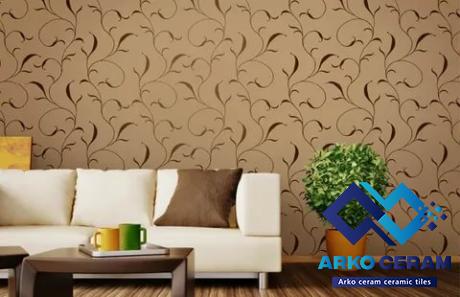
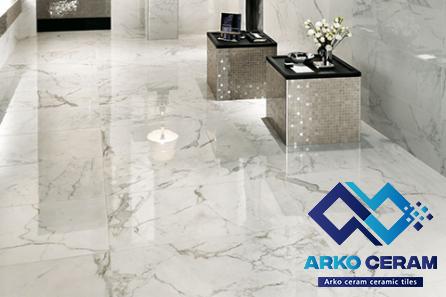
Your comment submitted.